I’m wary of a potentially smaltzy book that my wife abandons. When we received Juniper’s Christmas by Eoin Colfer my wife read it for two nights and then put it aside, and not because she’s finished it. Normally she’s a sucker for any novel that exudes happiness or romantic retribution, and this book looks like it fits that bill, so I asked her what was up. She said something along the lines of “I just wasn’t feeling it”, and anybody knows that when your wife gives you a short answer like that to a potentially long question, you’re thankful and just move on. Fast forward a couple of weeks and I have COVID, or the flu, or some otherwise cursed virus that makes your body feel as if it’s been hit by a truck driven by a teenager who is busy watching TikTok, instead of commanding the three-ton vehicle that’s about to hit your torso. Juniper’s Christmas is delivered to the basement where I was thankful to read anything beyond the packaging for the cold medicine that I was taking, and lo and behold, what a surprising novel that is ready for its cinematic close-up.
Just make it into a movie already……with Kurt RussellAuthor: Daddy Mojo
Mile Morales Suspended: A Spider-Man novel like no other-for the better
In a very simple overstatement in the world of books, there are books for the genre fans, books for the general audience, and those that target the niche. Miles Morales Suspended: A Spider-Man novel, yet it’s unlike any web-slinger book, graphic novel or story that you’ve read before. “You” could be a Spider-Man fan who thinks that they’ve seen every vehicle that the character can entertain from. Miles Morales: Suspended is the most unlikely of superhero novels. We often point out to educators, parents or students the merits of reading graphic novels or comic book. This book takes that, turns it on its head, and literarily invites Spidey fans to go someplace that they’ve never been before.
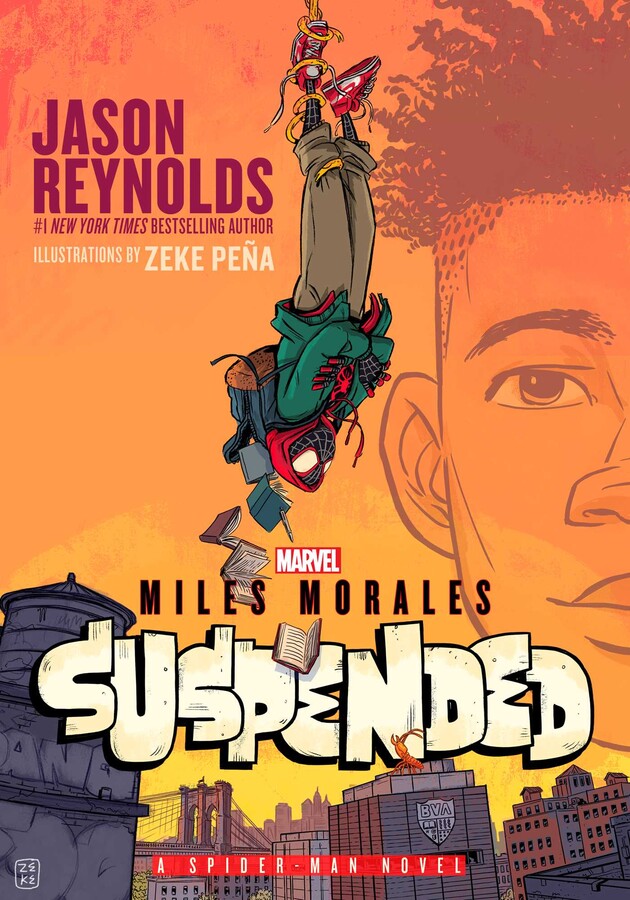
How Do You Live?, the timeless Japanese classic translates effortlessly
After reading How Do You Live? you understand the book’s title on a much deeper level. On the surface one could surmise that How Do You Live? is a reflective book encouraging readers to take stock in their lives. It does have elements of that, but it’s not a personality Rorschach Test. Instead, How Do You Live? is one of the most popular Japanese books ever and has been a children’s book staple for generations. It’s scheduled to be the final anime film from Hayao Miyazaki and Studio Ghibli and was initially published in Japan in 1937. It’s also a very intelligent book that encourages thinking, introspection, and observations on various aspects of world culture. From an American teacher’s perspective, How Do You Live? is the book that you want your middle and high school students to read, but you know that less than 5% of them dig into the book for leisure reading, but more on that in a moment.
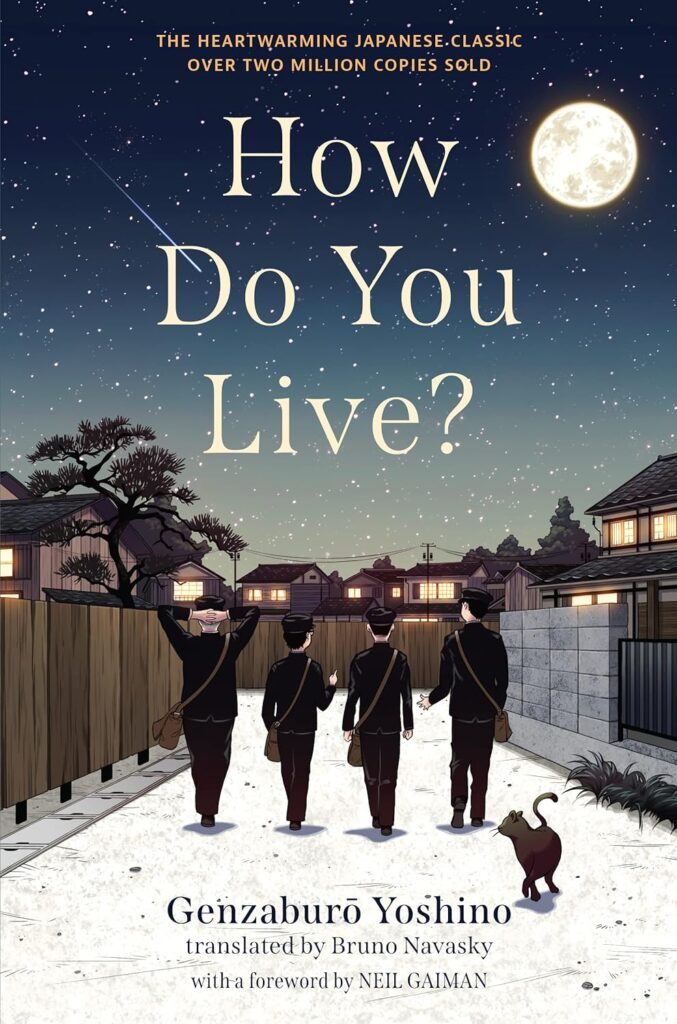
Outside Nowhere is something great for mglit readers
The adage, “Don’t judge a book by its cover” exists for a reason. Outside Nowhere is another book that exemplifies why it’s important not to throw the baby out with the bathwater. Now that I’ve got two potentially outdated metaphors out of my system, let’s get on with the process of talking about a book that grades six and up will love, if they give it a chance. The book’s cover throws up a potential roadblock to mglit readers in that it shows a teenage kid, wearing a suit, with his back to the reader, looking at a farm. Every young reader knows that nothing fun ever happens on a farm so what’s the point in reading Outside Nowhere anyway? But gird your loins mglit readers, hold on because once you dig into Outside Nowhere you’ll discover a novel that brims with comedy, has snappy dialogue with jokes and one-liners that you wish you could say in real time, and a surprising science-fiction twist that reveals the heart of the book.
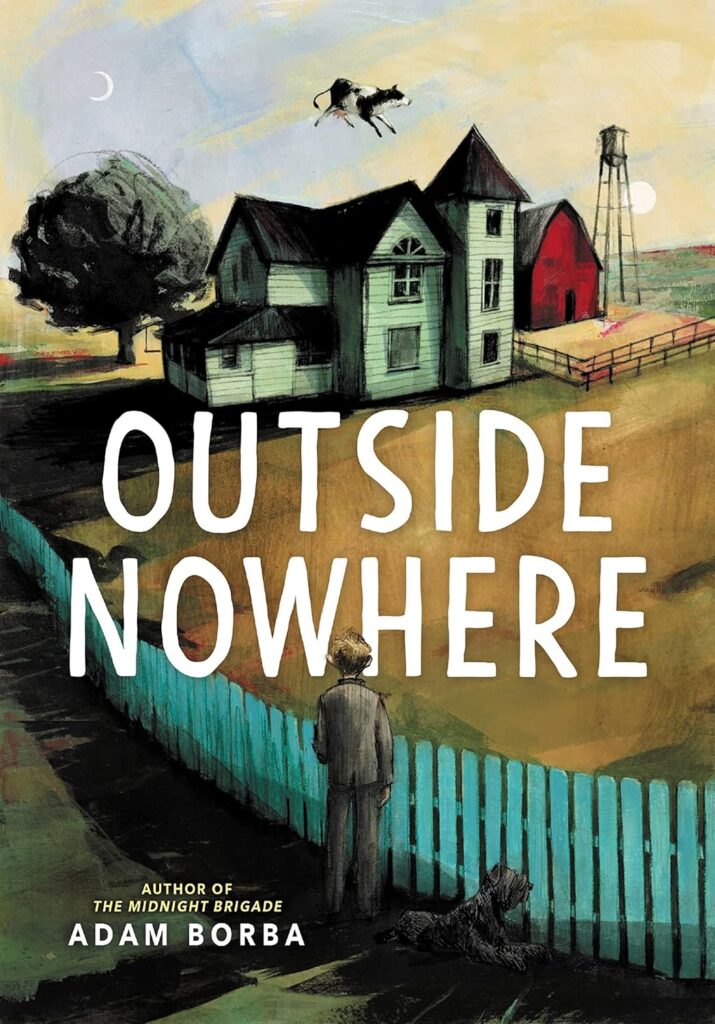
Six Flags Over Georgia parking tips and a culinary trick
The current rage in our area for kids aged 14 and up is to go on roller coasters. I feel as if I’m 85 years old when I write that statement. Roller coasters and thrill rides are a constant and when I was 14 years old, much to the bewilderment of my parents, I wanted to go on them too. The bewilderment is still a constant, but this time it’s our 14-year-old who was slightly bemused (or secretly pleased), that I wanted to go on the rides now. Parents of thrill ride kids have it coming when they have to the chaperone and when it was my turn to visit Six Flags Over Georgia I did my homework.
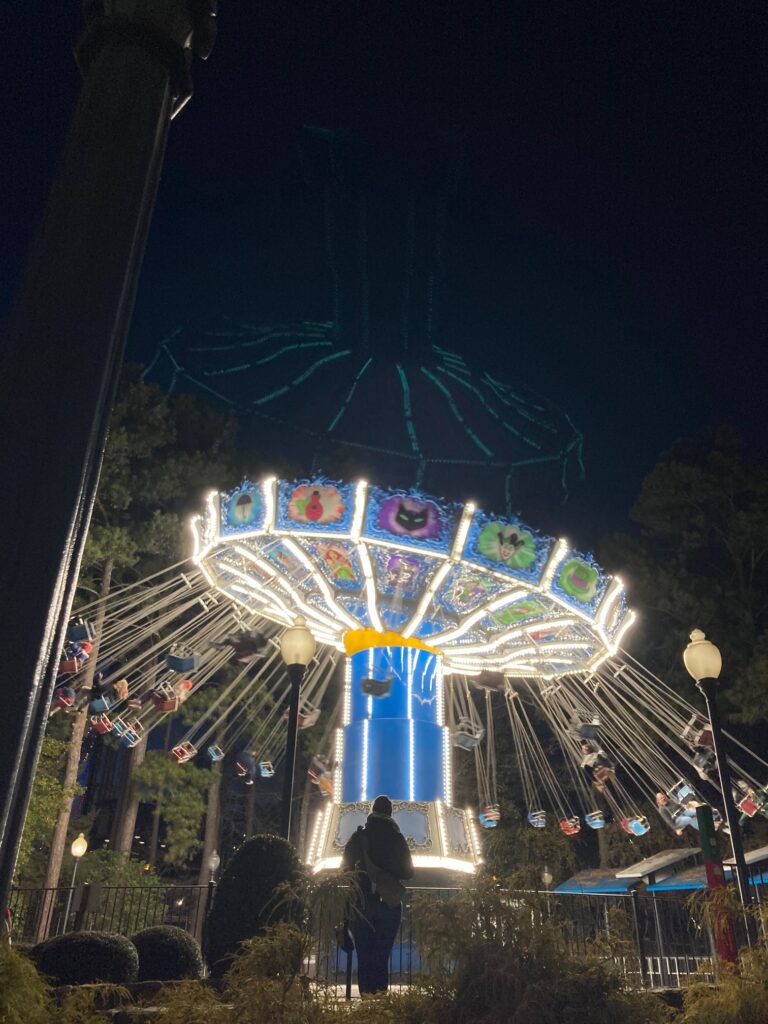
Tell Me About Space is proof that a board book can extend where you think it is
One of my favorite family photos is of our oldest son, who was approximately 18 months old at the time, lying on his stomach while reading a board book. In that case it was one of the classic Eric Carle books in board book form, but it was the format of the book and not necessarily its content that captivated our child. The only constant about board books are their thick pages, which is just a defense mechanism against teething small creatures. Tell Me About Space is a board book, but it has more in common with the STEM-based books that we’ve previously talked about than the Carle book that our child was gnawing on.

The Tale of Despereaux has a reason to celebrate its 20th Anniversary
Why should books celebrate their anniversary? Every book is not worthy of celebrating its initial publishing date. The mere passage of time doesn’t make most books better; however, in some cases, it can celebrate their timelessness. Originally published in 2003 The Tale of Despereaux has a newly available Deluxe Anniversary Edition available now. There’s nothing magical that makes twenty years special, it’s the fact that The Tale of Despereaux crackles as kidlit. Moreover, it’s written and presented in a manner that makes those mid-elementary school students want to read it.
Don’t call it a comeback, this book has always been a classicThe Real Story is a very funny illustrated book on intentional tall tales
You can tell the children’s authors or illustrators that can inhabit the soul of their books. It’s those books or characters that ooze effortless charm. They can jump into the psyche of their young audience and create a book they, themselves, would want to read if they could travel back in time. They are the books that all but read themselves to young audiences. Sergio Ruzzier creates children’s illustrated books that saddle up to emerging readers in the most charming of ways. Initially, his illustrations might seem like a rip-off because you’ll feel as if you’ve seen them before. However, such is the nature of a timeless creation that’s so utterly comfortable with its audience. The Real Story is one of those examples in that its characters; even from looking at them on the book’s cover feel like they’re having a conversation that a three through eight-year-old might be having.
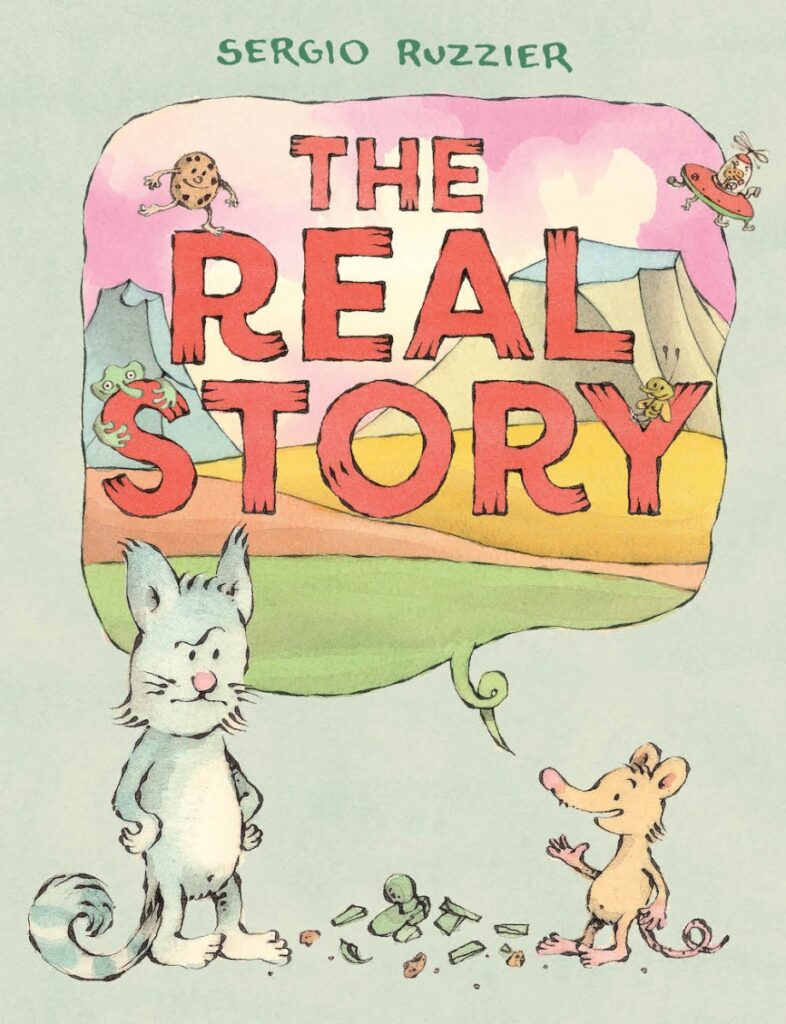

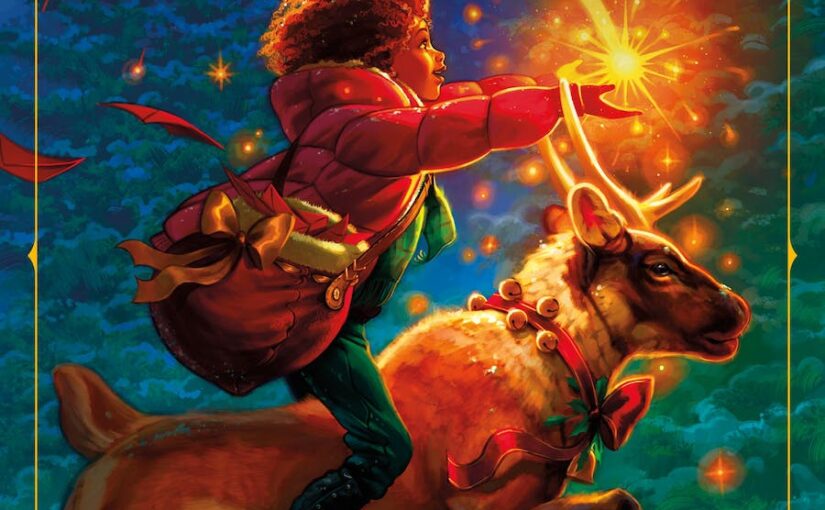
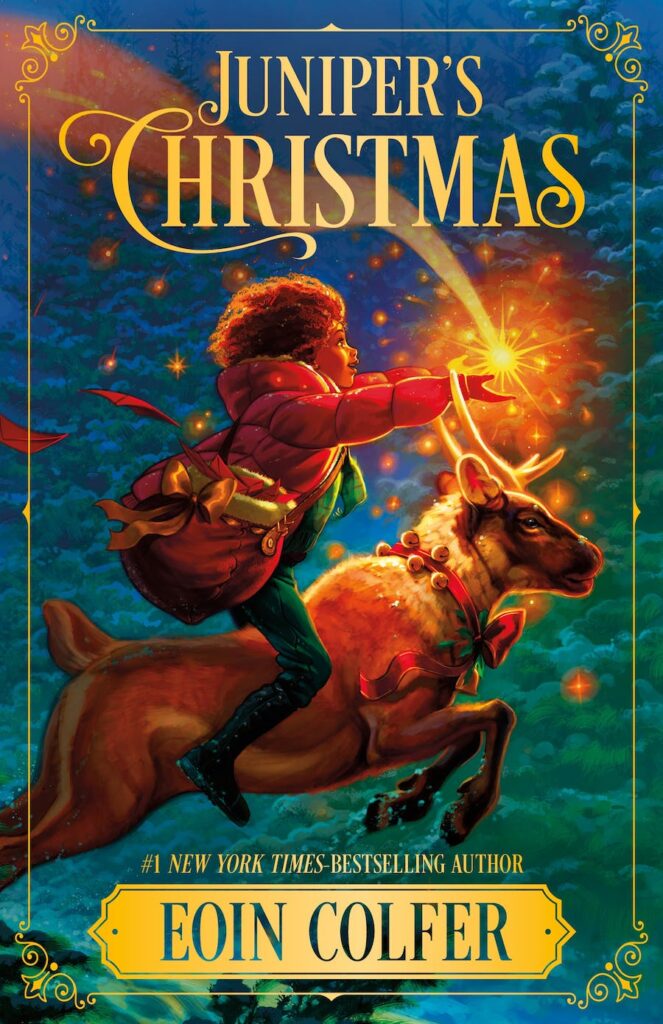
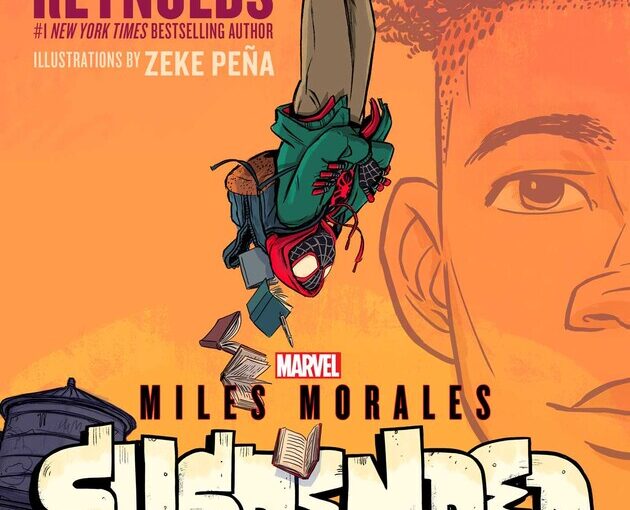
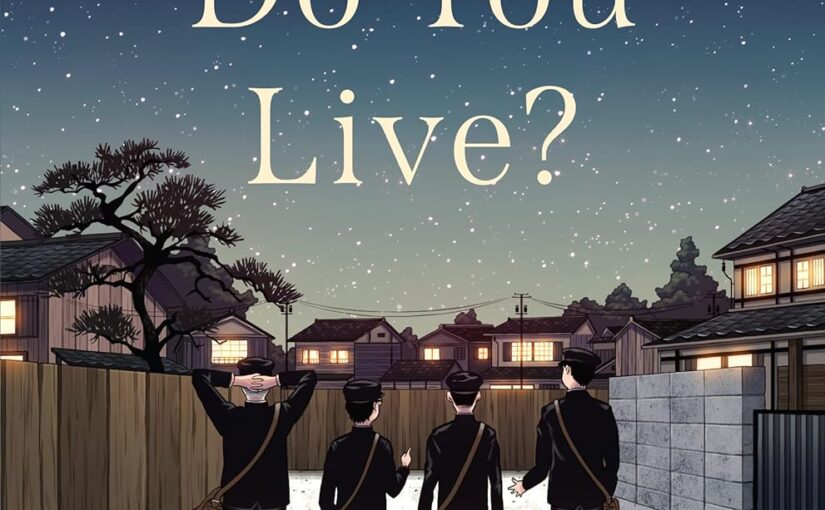
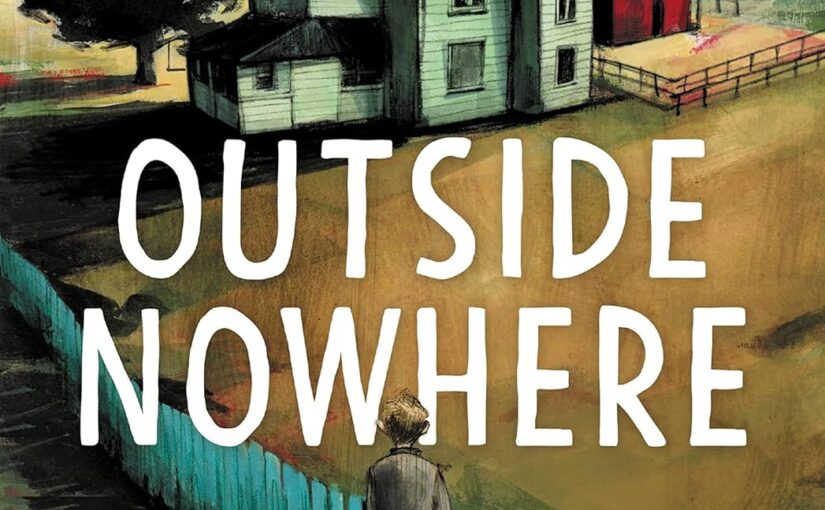

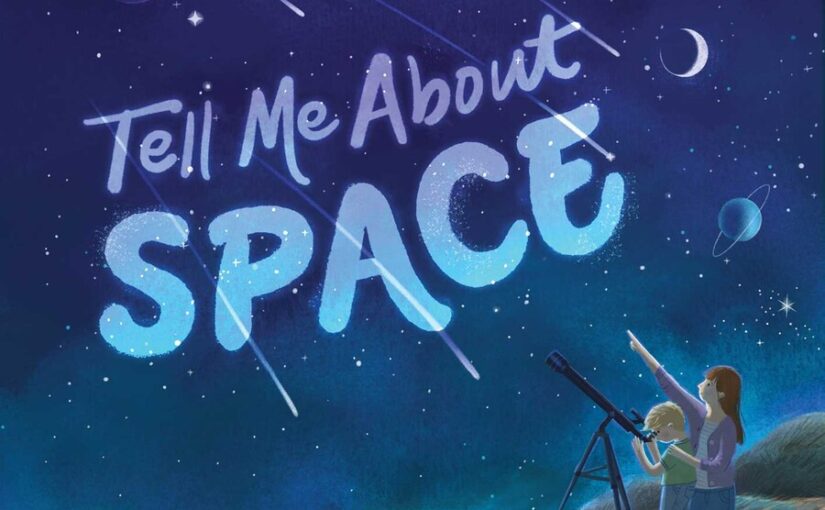
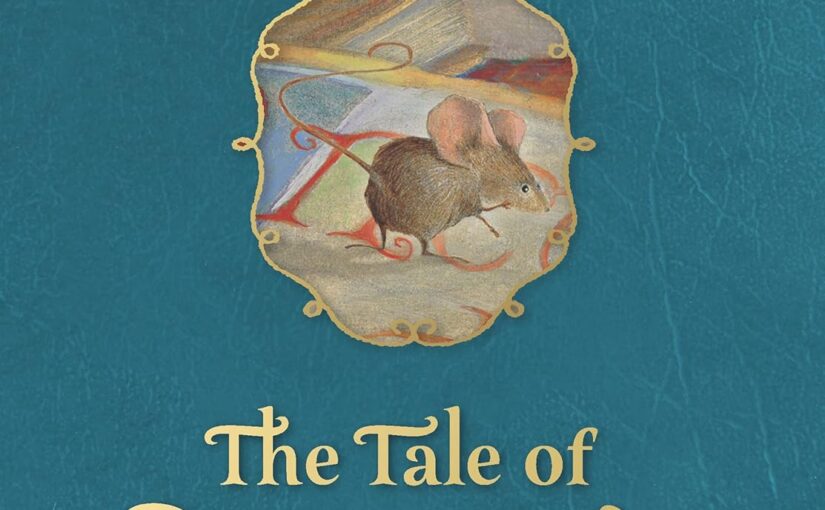
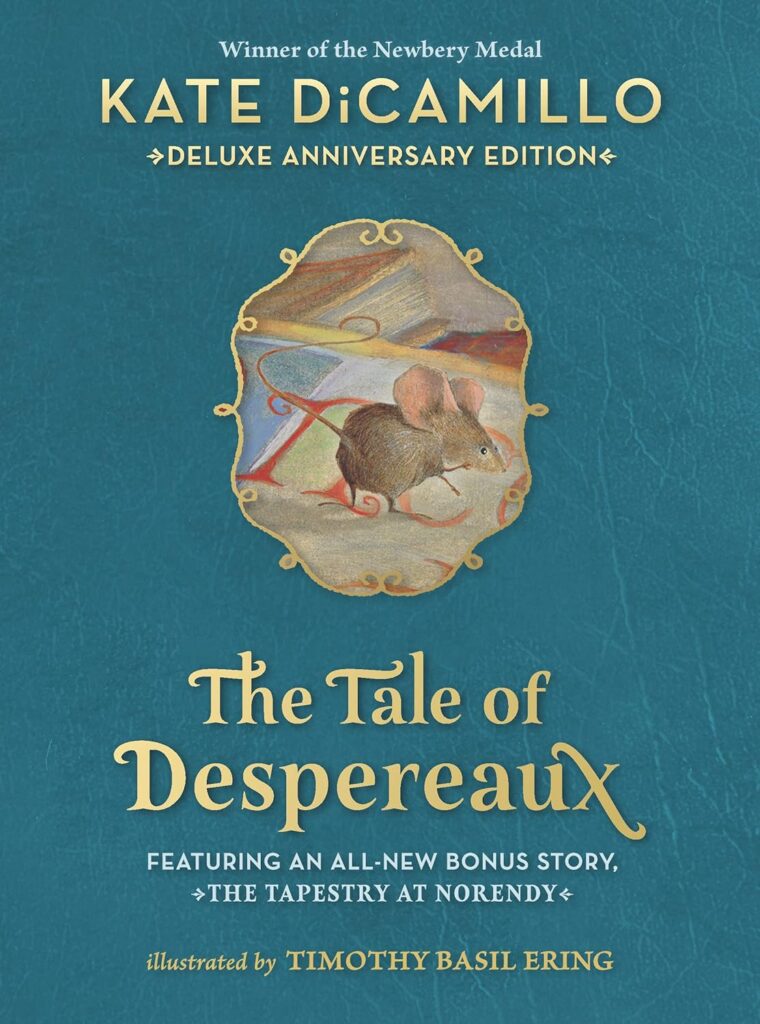
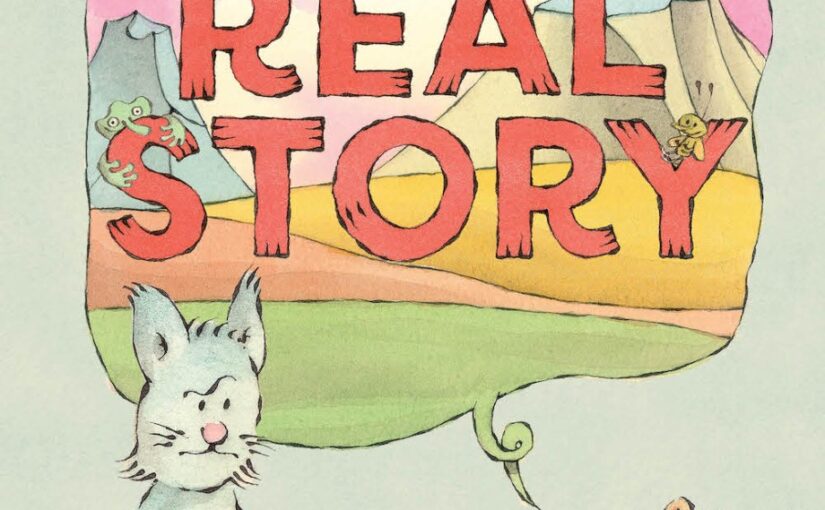


 Facebook
Facebook Twitter
Twitter Flickr
Flickr GooglePlus
GooglePlus Youtube
Youtube